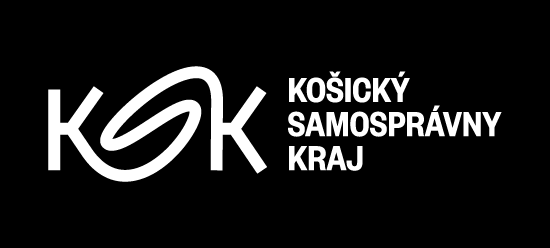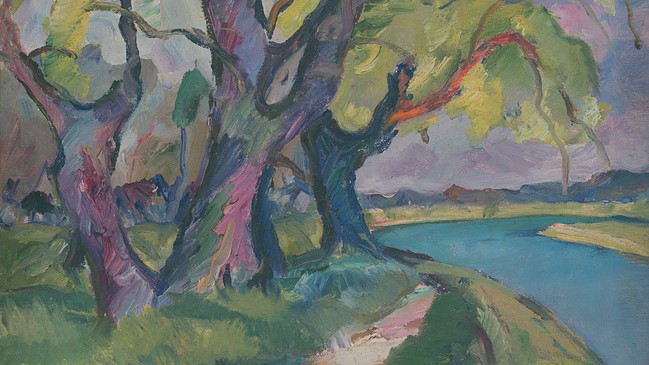opening: 2 October, 2019 o 18:00
duration: 3 October, 2019 – 23 February, 2020
East Slovak Gallery, Alžbetina 22
curator: Miroslav Kleban
This exhibition project features paintings and sculptures from the region of Ruthenia in the period from 1919 to 1938, focusing on this short period of 20 years when the region was a part of the newly established Czechoslovakia. The exhibition is preceded by scientific research of the history of the interwar period, which is studied in parallel with the Modernism of Europe and, more specifically, Košice.
The compiled collection of artworks will present the public with renowned artists of the Ruthenian school (Bokšaj, Erdélyi, Manajlo), as well as with the work of lesser-known regional artists who were part of the Czech, Slovak and Ukrainian cultural scene (Špálová, Virágh, Beregi, Hromnický, Pokorný, Mondičová, Kulec, Příhoda, Angyal, Fiala, Hudeček). Apart from the historical and artistic analysis of artworks of individual artists, the concept of the exhibition will also reveal some of the challenging historical circumstances which conditioned the development of the societal, cultural and political background of the region. A key part of the exhibition will consist of period photographs and various archive materials which will illustrate the parallel between life in Košice and Uzhgorod - two significant cultural centres of the First Republic’s Eastern part. In 2019, the exhibition also commemorates the 100th anniversary of the incorporation of Ruthenia into Czechoslovakia. The main purpose of this project is to present the public with a cross-section of this lesser-known period of Slovak art history, while integrating the art of the Ruthenian school into Czechoslovak art history. The planned professional concept of the exhibition will be based on the continuation of the project of Košice Modernism. Several artists of interwar Central European Modernism contributed with their activities to the formation of the cultural life in Ruthenia (Foltýn, Schiller, Benka, Alexy). The cultural activities of the protagonists of the Ruthenian school in Uzhgorod can be seen in parallel with the educational activities in Košice (Krón’s School) and Prague (Ukrainian Studio) during the interwar period.
The short period which saw a common political entity of the Czechs, Slovaks and Ruthenians left a significant imprint on Czechoslovak art (literature and fine art), inspired by the ethnographic, topographic and folkloric environment of Ruthenia. The selected topic has strong potential to attract the public with its popular educational style, which will introduce the scarcely presented art in a wider super-regional context.



